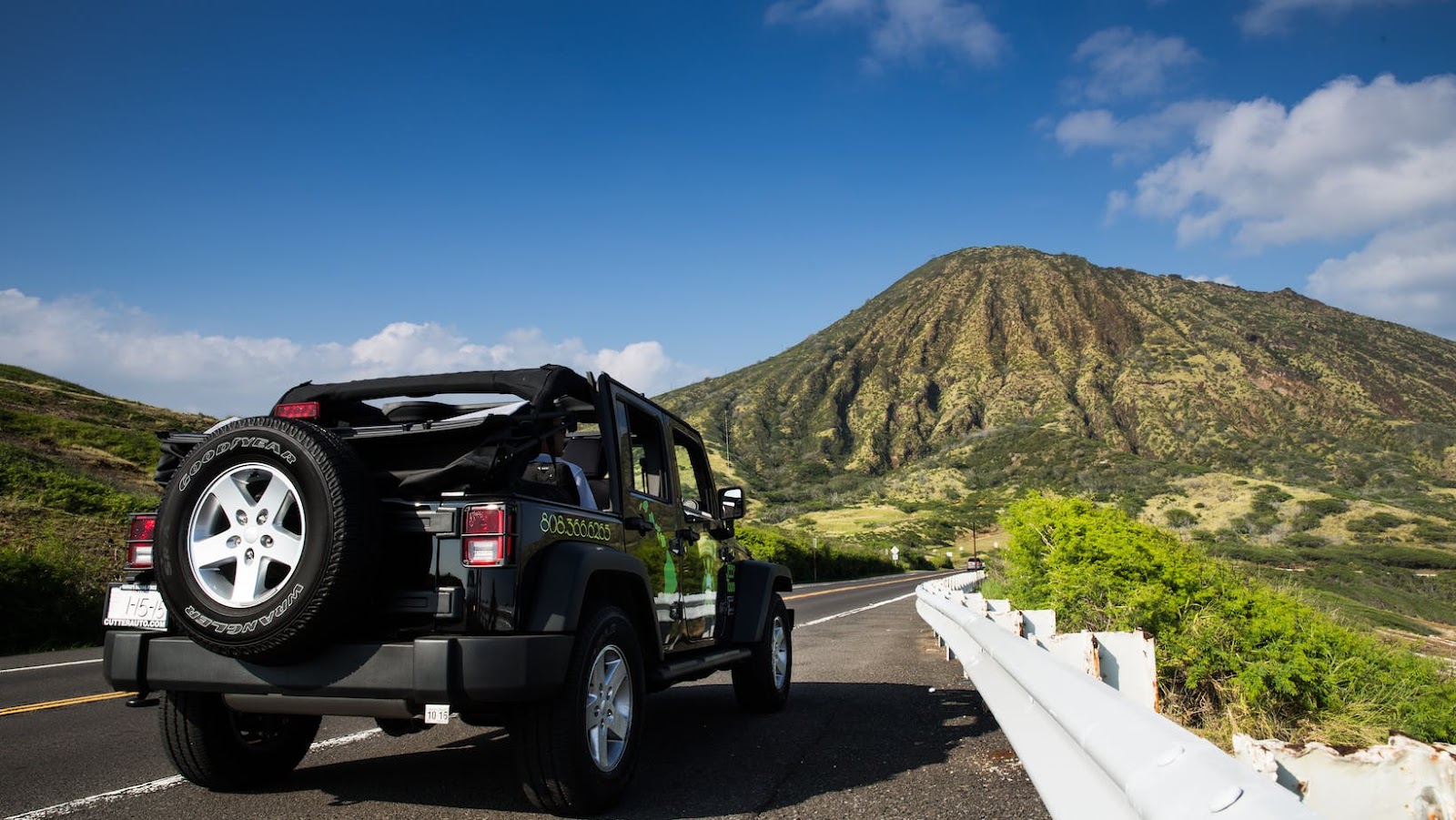 Lowered Jeep Wrangler
Lowered Jeep Wrangler
When it comes to modifying a Jeep Wrangler, there are countless options available to make it truly stand out. One popular modification that many Jeep enthusiasts opt for is lowering their Wrangler. Lowering a Jeep Wrangler can provide several benefits, including improved handling, enhanced aesthetics, and increased stability on the road.
Lowering a Jeep Wrangler involves adjusting the suspension system to bring the vehicle closer to the ground. This modification not only gives your Wrangler a sleeker and more aggressive look but also helps reduce body roll during cornering and improves overall maneuverability. Whether you’re driving in urban areas or off-road trails, a lowered Jeep Wrangler can offer a unique driving experience that combines style and performance.
By lowering your Jeep Wrangler, you’ll enjoy better aerodynamics, which can lead to improved fuel efficiency. Additionally, with its lower center of gravity, your lowered Wrangler will have increased stability at higher speeds and when taking tight turns. However, it’s important to note that while lowering your Jeep may enhance certain aspects of its performance and appearance, it may also impact its off-road capabilities. Therefore, careful consideration should be given before deciding whether or not to lower your beloved Jeep Wrangler.
In conclusion, lowering a Jeep Wrangler offers various advantages such as improved handling dynamics and an eye-catching stance on the road. However, it’s crucial to weigh these benefits against any potential compromises in off-road capability before making this modification. So if you’re looking to add some personalization and sportiness to your Jeep without sacrificing too much practicality or ruggedness, consider exploring the option of lowering your trusty Wrangler.
Cons of Lowering a Jeep Wrangler
When considering whether to lower your Jeep Wrangler, it’s important to be aware of the potential drawbacks that come with this modification. While lowering your Jeep may offer certain aesthetic benefits and improve handling in some cases, there are a few cons to keep in mind:
- Reduced off-road capabilities: One of the main disadvantages of lowering a Jeep Wrangler is that it can significantly impact its off-road abilities. Jeeps are renowned for their ruggedness and ability to conquer challenging terrain. However, by lowering the suspension, you’re sacrificing ground clearance and limiting your ability to tackle obstacles like rocks, logs, or steep inclines.
- Compromised ride quality: Lowering a Jeep often involves stiffening the suspension system to achieve a lowered stance. This can result in a harsher ride compared to the stock setup. The reduced suspension travel may make you feel every bump on uneven surfaces, potentially leading to discomfort during long drives or off-road excursions.
- Increased risk of undercarriage damage: With less ground clearance, your lowered Jeep becomes more susceptible to scraping against speed bumps, curbs, or other road hazards. This can lead to costly damage not only on the undercarriage but also on various components such as exhaust systems and skid plates.
- Limited tire options: Lowering your Jeep may restrict your choice when it comes to tires. The altered ride height could limit the size and type of tires you can install without rubbing against fenders or causing other clearance issues. This limitation can affect both style preferences and performance considerations.
- Decreased resale value: It’s worth noting that modifying any vehicle from its original specifications usually results in decreased resale value. While some buyers may appreciate a lowered Jeep’s aesthetics or customized features, many others prefer vehicles that remain closer to their factory condition.
Before making any modifications like lowering your Jeep Wrangler, weigh these cons against the potential benefits to ensure it aligns with your intended use and preferences. It’s always a good idea to consult with knowledgeable professionals or experienced